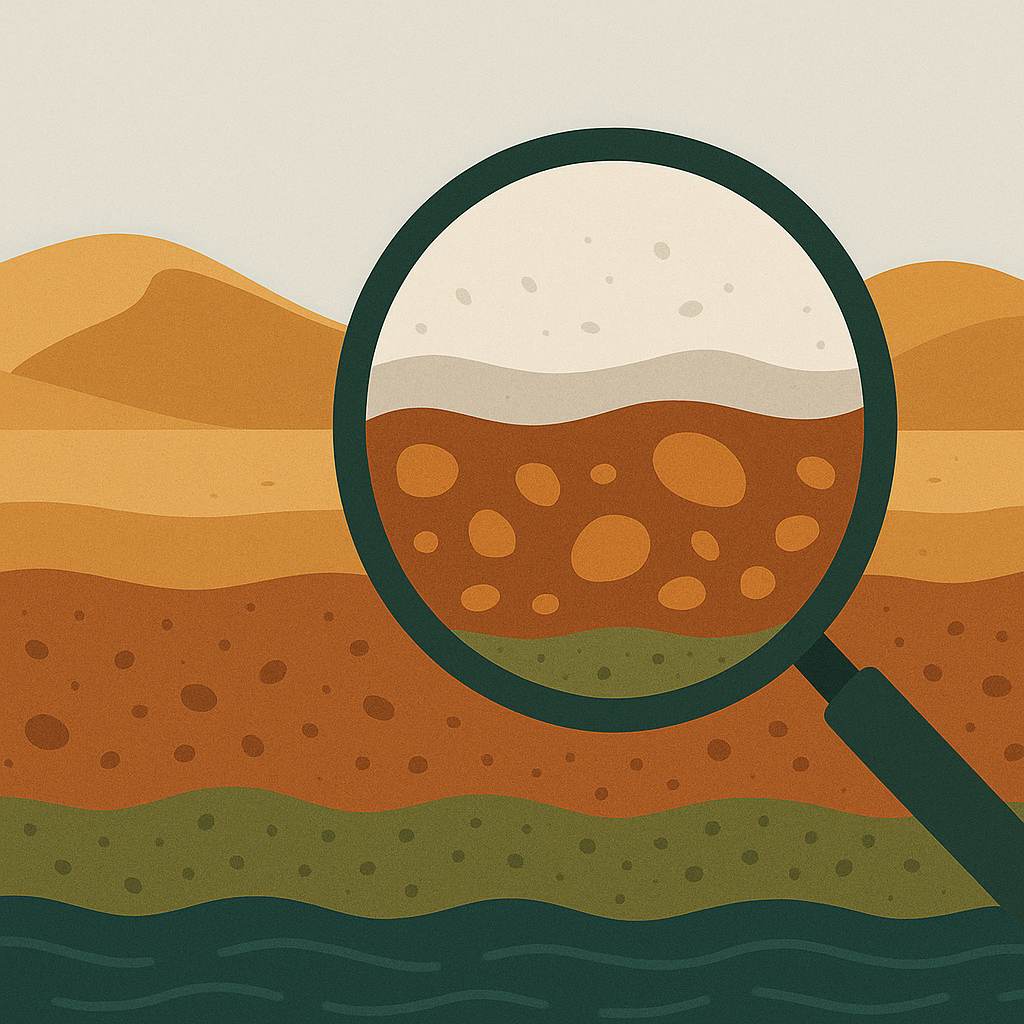Site Characterization
Every site tells its own story beneath the surface —
Dunecrest characterizes subsurface conditions through practical, data-driven investigation to define risk and guide next steps.
Whether it’s a gas station, dry cleaner, former manufacturing facility, or industrial site, soil and groundwater impacts can persist for years after a release, meaningfully affecting current and future site use.
Site Characterization is an iterative process that often involves the collection of soil, groundwater, and vapor samples across multiple events. As work proceeds, potential exposure pathways for human health and the environment are evaluated and may shift the focus of investigation. Dunecrest has extensive experience delineating soil and groundwater contamination and assessing secondary exposure pathways such as vapor intrusion—an approach commonly referred to as Risk-Based Corrective Action (RBCA).
Dunecrest applies the most recent technical guidance, reviews data in context, and provides clear recommendations at every step. Guidance is sourced from:
Michigan Department of Environment, Great Lakes, and Energy (EGLE)
U.S. Environmental Protection Agency (EPA)
Interstate Technology and Regulatory Council (ITRC)
American Society for Testing and Materials (ASTM)
Investigations — Groundwater, Soil, & Soil Gas
Conceptual Site Models
Analytical and field data can quickly accumulate, especially on complex sites. Leveraging modern technology, Dunecrest organizes information into tables, figures, cross sections, and text within a deliverable known as a Conceptual Site Model (CSM). CSMs facilitate efficient interpretation of site conditions, highlight potential risks, and data gaps while supporting clear communication with clients, regulators, and stakeholders to guide next steps.


